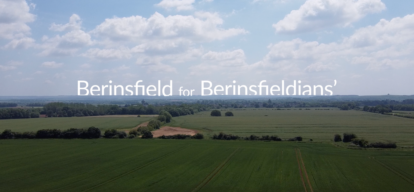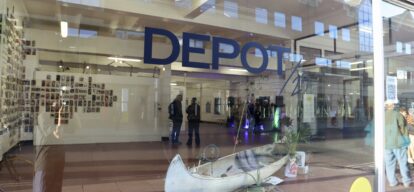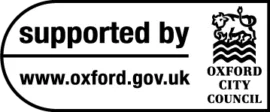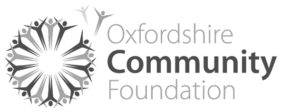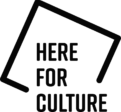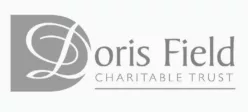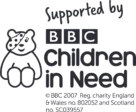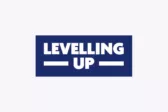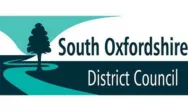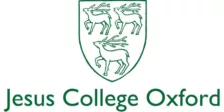Nor Greenhalgh is an Oxford based artist and illustrator who works in the domains of public and participatory art. She is part of our Artist Research Labs programme, which aims to help artists discover and define the next chapter or road for their practice. For the programme we have brought together five artists who are interested in exploring, researching and reflecting on their practices, closely focusing on the question "what can make my practice sustainable?". The artists are keeping in contact over the course of the three month project to investigate these ideas, feeding back their explorations and developments throughout. We caught up with Nor to chat about what she has been up to, how Research Labs is helping develop her practice and how her work interfaces with sustainability...
Can you tell us a little bit about your artistic practice and work that you are currently involved with?
"My practice spans visual art, participatory rituals, local history and urban planning. I'm fascinated by places, and how we make meaning from them as they change over time. Recently, I've been working on murals such as one commissioned by Fusion on the Bullingdon pub, Cowley Road, and another for Makespace Oxford in the centre of town."
"Murals will probably become more common as Covid and economic recession leave urban spaces in a liminal state - "meanwhile" seems to be the word of the moment."
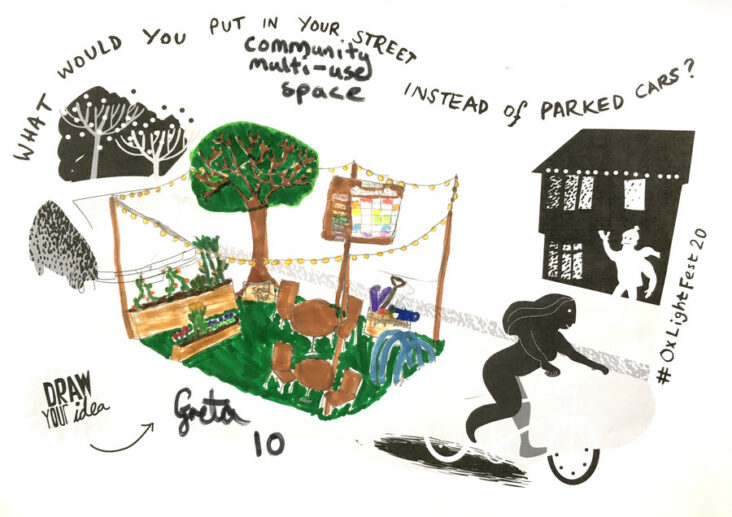
"I've spent several years working as a frontline mental health worker, and this leaves me questioning the role of artists in our fragile, changing cities. How can we contribute to healing and making places rather than providing an attractive diversion from precarity and - literal - emptiness? One way I'm trying to engage with these questions is by branching into urban design and questioning how space is allocated. For example, my current project "Car Park to Bright Spark" asks people how they'd use the space outside their house which is currently taken up with parked cars. There have been some beautiful and inspiring responses!"
In what ways are you hoping to develop your practice using the Fusion Artist Research Labs programme?
"A key idea from the mental health field is that health consists of a movement toward integration and wholeness; a gathering-up of pieces (of the self, of the community) which have become splintered or split off. This also feels like an urgent task for artists, if we are to make a meaningful response to the various crises unfolding today. I'm using the Research Labs programme to work on this process in my own practices: drawing together visual art, urbanism, history and psychological practices such as guided imagery. It's an incredible privilege to have the opportunity to devote serious time and attention to this process, and already some answers seem to be emerging. In the first weeks of the Research Labs programme I've immersed myself in theoretical texts on everything from the psychology of urban transport to the natural history of Oxfordshire. From these diverse strands I'm starting to sketch out a position on which I can build my future career, as an integrative worker who draws together themes and thoughts into images which are meaningful and nourishing."
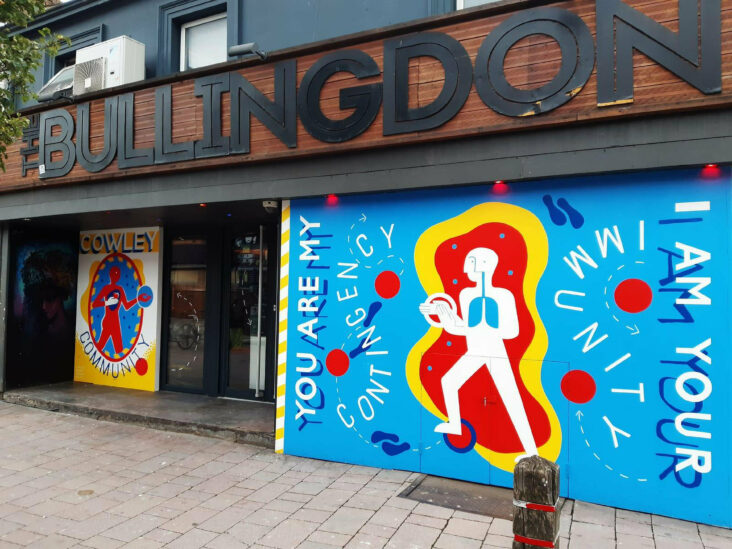
Can you recommend another amazing artist or creative resource for us to check out?
“Most of my influences come from outside of the art world. At the moment I’m being inspired by movements toward integration in various fields. In psychology, the field psychoneuroimmunology – of interest to artists because it suggests that images can both kill and cure. Carl Hammerschlag’s lectures give an entertaining introduction.
In architecture, Christopher Alexander and friends look at the same issues through a design lens.
And perhaps my favourite, having lived in the Netherlands, is the booming genre of films on Dutch urbanism. Anyone who believes Oxford is a cycling city should take a look at this recent project from Zoetermeer, which includes a car-free “disco tunnel” to help cyclists feel safer at night!”
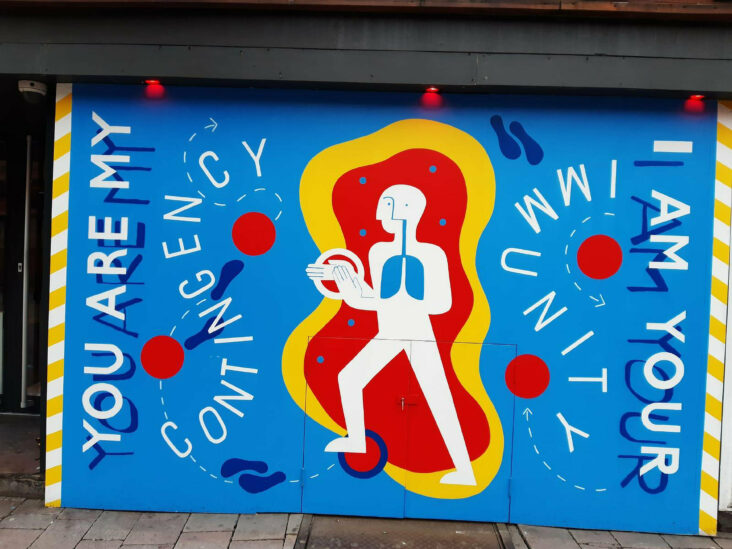
How does your practice engage with sustainability?
"To me, "integration" and "sustainability" are closely related. Treating environmental costs as externalities is a form of psychological splitting. By using Fusion Research Labs to integrate local materials, histories and urban design questions in my practice, I hope to move toward a way of working which heals some of these splits. I'm excited by the emerging "Green Arts" network in Oxford, as one forum to have these discussions and support each other as we move toward more sustainable practices - materially and psychologically."
More examples of Nor's work can be found over on her website.

